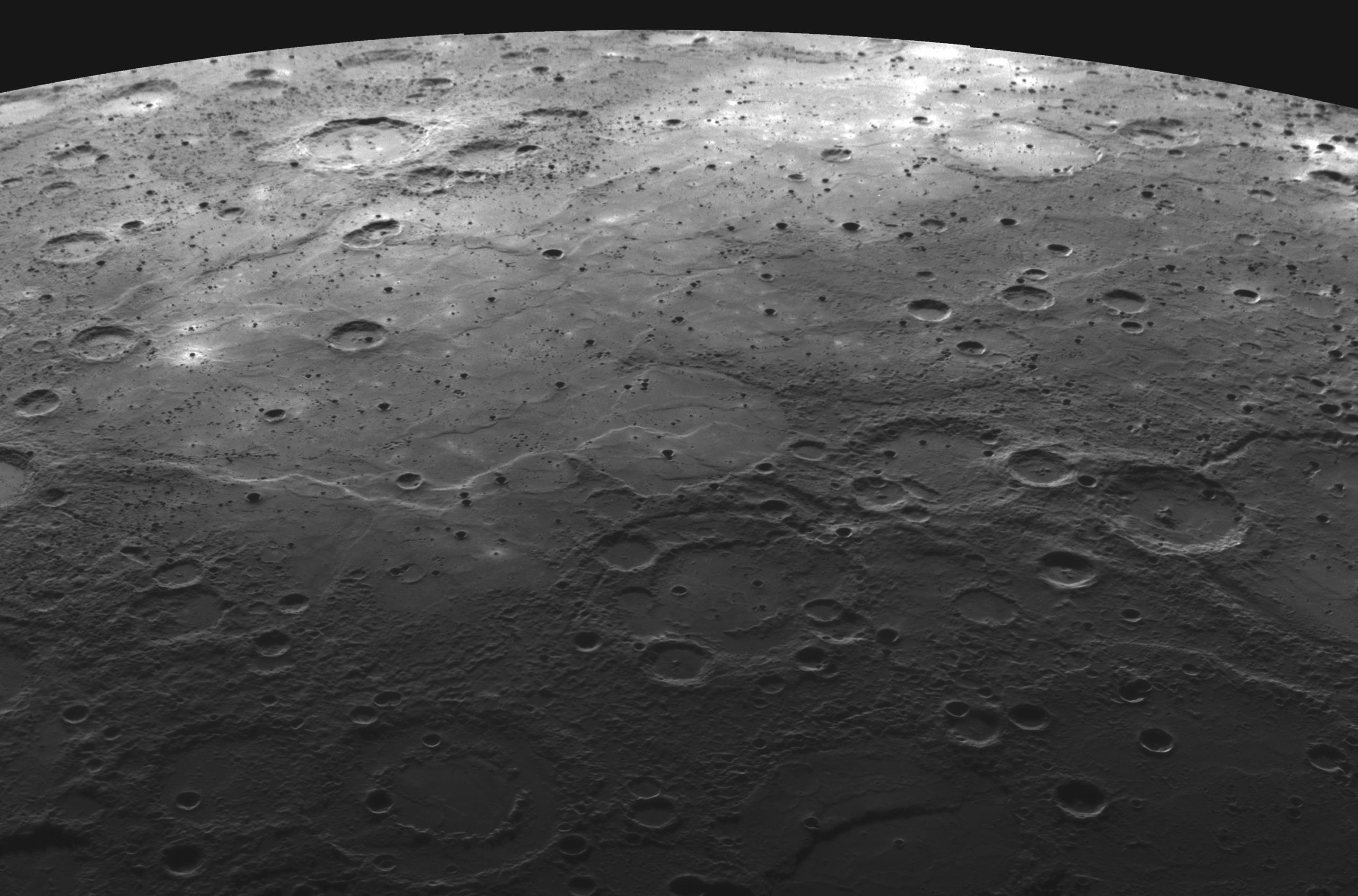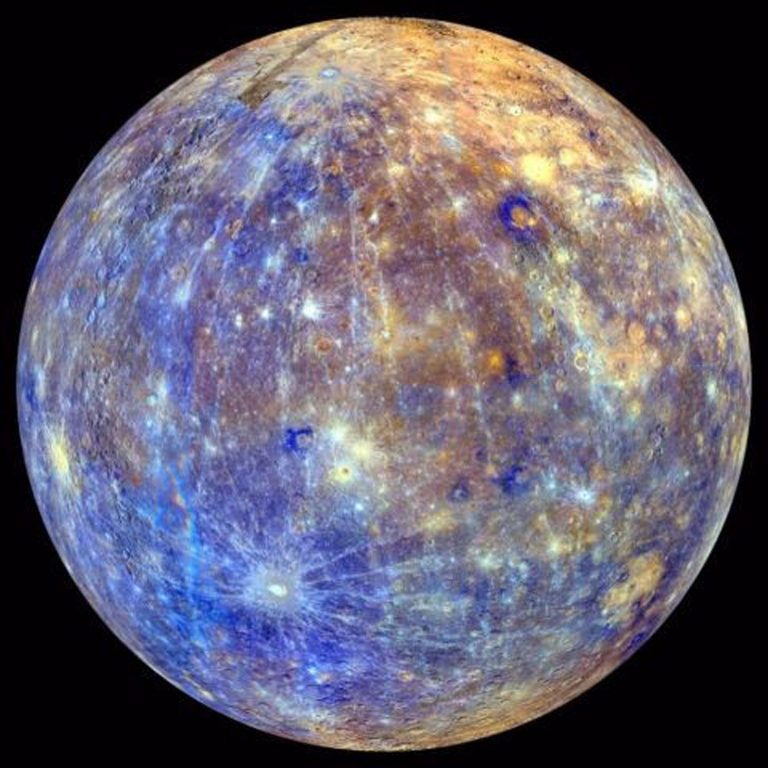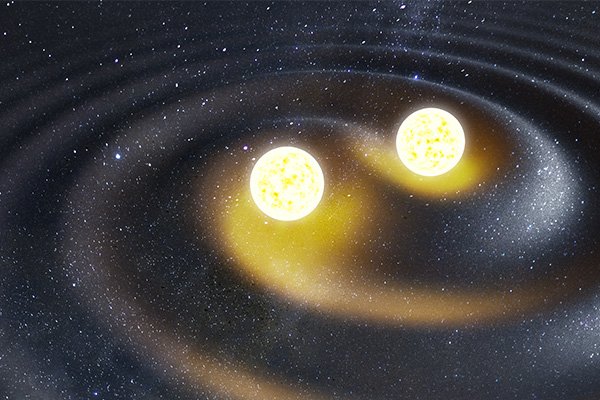The Shocking Origin of Mercury: What a New Theory Reveals About Our Solar System
Mercury’s formation may have been triggered by a massive collision between two similar-sized protoplanets in the early Solar System. This theory provides a fresh perspective on the planet’s unusual composition and its extreme surface conditions.
Summary:
- Mercury is the smallest planet in our Solar System and orbits closest to the Sun.
- Extreme temperature swings occur on Mercury, ranging from -180°C at night to 430°C during the day.
- Recent research suggests that a head-on collision between two similar-sized bodies led to Mercury’s formation.
- Computer simulations have successfully recreated Mercury’s mass and iron-rich composition.
- Mercury’s iron core represents a significant proportion of its overall mass.
- The theory challenges older models that focused on impacts between vastly different sized objects.
- This research ties into similar theories about the formation of Earth’s Moon.
- NASA and other agencies continue to gather data that enhances our understanding of Mercury.
- The study has opened new questions regarding early Solar System dynamics.
- Future observations and simulations are needed to further validate this new theory.

Introduction
Mercury is a fascinating world that has intrigued scientists for many years. As the smallest planet in our Solar System, it presents a set of characteristics that are both extreme and unique. The planet is known for its rocky surface, which is heavily cratered much like our Moon, and for its extreme temperature variations. With daytime temperatures soaring to 430°C and nighttime temperatures plummeting to -180°C, Mercury stands out as one of the most volatile worlds in our neighborhood.
The new theory regarding Mercury’s formation suggests that its unusual structure may be the result of a massive collision. Researchers have used computer simulations to propose that Mercury’s current state could have arisen from a violent impact between two protoplanets of similar sizes. This finding challenges older models that considered collisions between bodies of very different masses. Understanding this process is essential because it may explain not only Mercury’s high density and large iron core but also provide insights into the conditions of the early Solar System.
Mercury’s Mysterious Characteristics
Mercury orbits the Sun every 88 Earth days and rotates very slowly on its axis. Despite being the closest planet to the Sun, some regions of Mercury—especially the permanently shadowed craters near its poles—still contain frozen ice. These surprising characteristics have led scientists to re-examine how the planet might have formed and evolved over billions of years.
In recent studies, researchers led by Patrick Franco from the National Observatory in Brazil used sophisticated computer simulations to explore Mercury’s formation. The simulations involved a proto-Mercury object with a mass of about 0.13 Earth masses and an initial composition that was roughly 30% iron. The researchers varied the impact velocities and angles during these simulated collisions. They found that by carefully adjusting these parameters, it was possible to produce a planet with a mass and iron core fraction that closely resembles the current Mercury. In one of the simulation runs, the resulting planet matched Mercury’s mass within 5% and had an iron core fraction in the range of 65% to 75%, which is very similar to the known value of approximately 70%.
A key aspect of this research is the focus on similar-sized collisions. Earlier theories primarily examined collisions between bodies with significant size differences. However, the latest results indicate that about one-third of the collisions in the early Solar System involved bodies of similar mass. These collisions were much more destructive and capable of stripping away a large part of a planet’s rocky mantle, leaving behind a dense, iron-rich core.
Tables of Information
Below are two tables that summarize important details about Mercury and the simulation parameters used in the recent study.
Table 1: Mercury Facts
| Feature | Value | Note |
|---|---|---|
| Diameter | 4,880 km | Smallest planet in our Solar System |
| Orbital Period | 88 Earth days | Rapid orbit around the Sun |
| Temperature Range | -180°C to 430°C | Extreme temperature variations |
| Surface Composition | Rocky, cratered | Similar in appearance to the Moon |
| Core Composition | Approximately 70% iron | Indicative of a massive collisional history |
Table 2: Simulation Parameters
| Parameter | Value | Description |
|---|---|---|
| Initial Proto-Mercury Mass | 0.13 Earth masses | Baseline mass for simulation |
| Iron Composition | 30% initially, up to 70% after collision | Shows the increase due to collision |
| Impact Velocity | 2.8 to 3.8 times escape velocity | Range used during simulations |
| Impact Angle | Adjusted for maximal mantle stripping | Critical factor in producing Mercury-like outcomes |
The Collision Theory in Detail
Researchers believe that a giant collision played a key role in shaping Mercury. In their simulations, a proto-Mercury collided with another protoplanet under specific conditions. These conditions involved carefully controlling the speed and angle of impact. The result was the stripping away of much of Mercury’s rocky mantle, leaving behind a planet with a disproportionately large iron core.
It points out that the early Solar System was a turbulent place where dramatic events could radically alter the makeup of a planet. The idea that Mercury’s present state was influenced by such a collision helps us understand why it appears so different from other terrestrial planets.
The theory also draws parallels with the widely accepted model for the formation of the Moon. In that model, a Mars-sized body collided with the early Earth, and the debris eventually coalesced to form the Moon. Although the collision that formed Mercury was not identical, the underlying principles of massive impacts shaping planetary bodies remain similar. This comparison has broadened our perspective on how common such events may have been.
The study made many astronomers and planet scientists very interested. What it found affects how we see the early Solar System working. By looking at these computer models, scientists want to learn more about how Mercury and other planets came to be.
Modern Observations and Future Research
Space missions and telescopes continue to gather data on Mercury. For example, NASA’s MESSENGER mission has provided invaluable insights into the planet’s surface and composition. Such data have been instrumental in supporting theories about Mercury’s origin. With upcoming missions like BepiColombo, researchers are optimistic about gaining even more detailed information.
Scientists are happy about the chance to use computer programs to show what happened long ago. These programs let researchers see how Mercury was made. Patrick Franco and his team are doing work that could help us learn about the Solar System’s past.
Facts
-
Mercury has a very thin atmosphere, which means it cannot retain heat, contributing to its drastic temperature changes.
-
Despite being close to the Sun, parts of Mercury are permanently shadowed and contain water ice.
-
Mercury’s orbit is highly elliptical, which adds to the extreme variations in temperature.
-
The planet’s surface is pockmarked with craters, evidence of ancient impacts that have shaped its geology.
-
Its magnetic field is weak compared to Earth’s, a subject of ongoing scientific investigation.
The new theory about Mercury’s origin offers a fresh perspective on how collisions in the early Solar System could have given rise to the planet we see today. The computer simulations, which carefully adjusted impact speeds and angles, successfully reproduced a planet that closely matches Mercury’s current mass and iron-rich composition. This theory not only deepens our understanding of Mercury itself but also sheds light on the chaotic and dynamic processes that characterized the early days of our Solar System.
The research opens up exciting new avenues for exploration. It encourages scientists to further investigate the role of similar-sized collisions in the formation of other celestial bodies. As new data become available from ongoing and future missions, our picture of the early Solar System is expected to become even clearer. Understanding these dramatic events helps us appreciate the complexity and beauty of planetary formation.
Researchers now face the task of refining these models and verifying the simulation results with observational data. Every new discovery brings us closer to answering age-old questions about the origins of our cosmic neighborhood. The intersection of advanced simulation techniques and detailed space missions promises to revolutionize our understanding of how planets like Mercury came to be.
For more detailed insights into the study and its findings, please visit the arXiv Mercury studyfor additional context and technical details. You can also explore further data on NASA’s website and other space research institutions.



